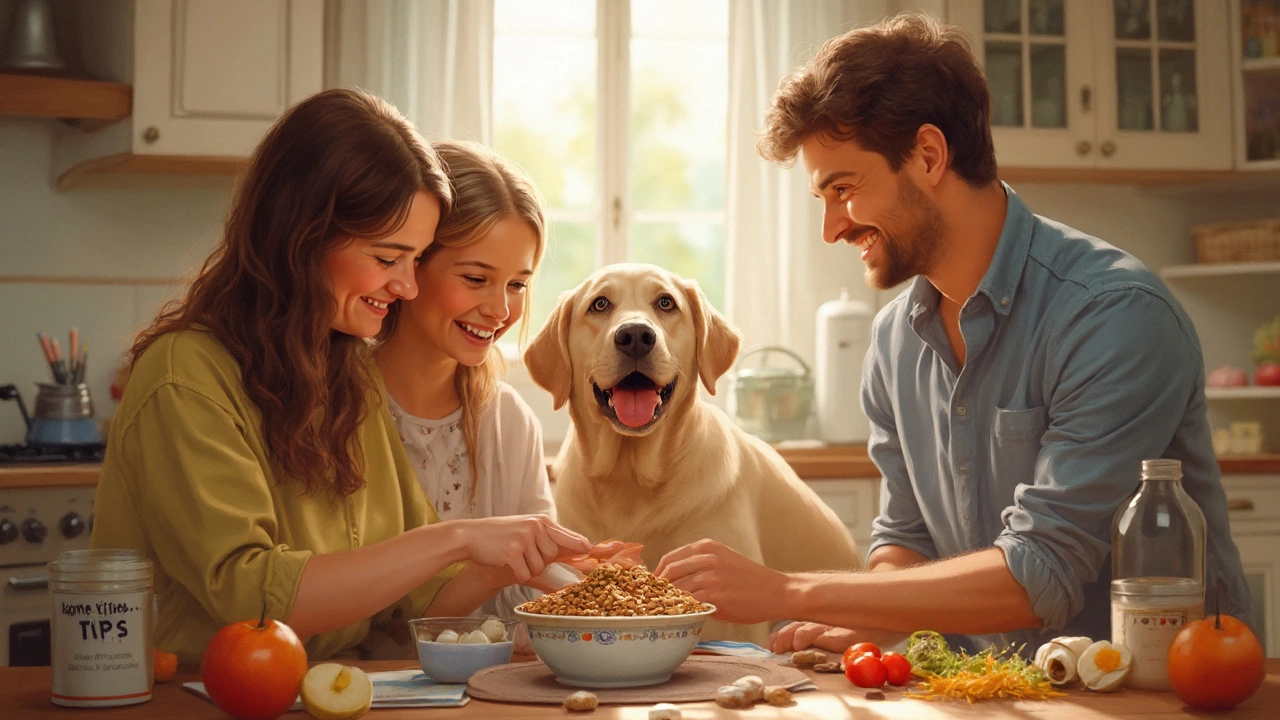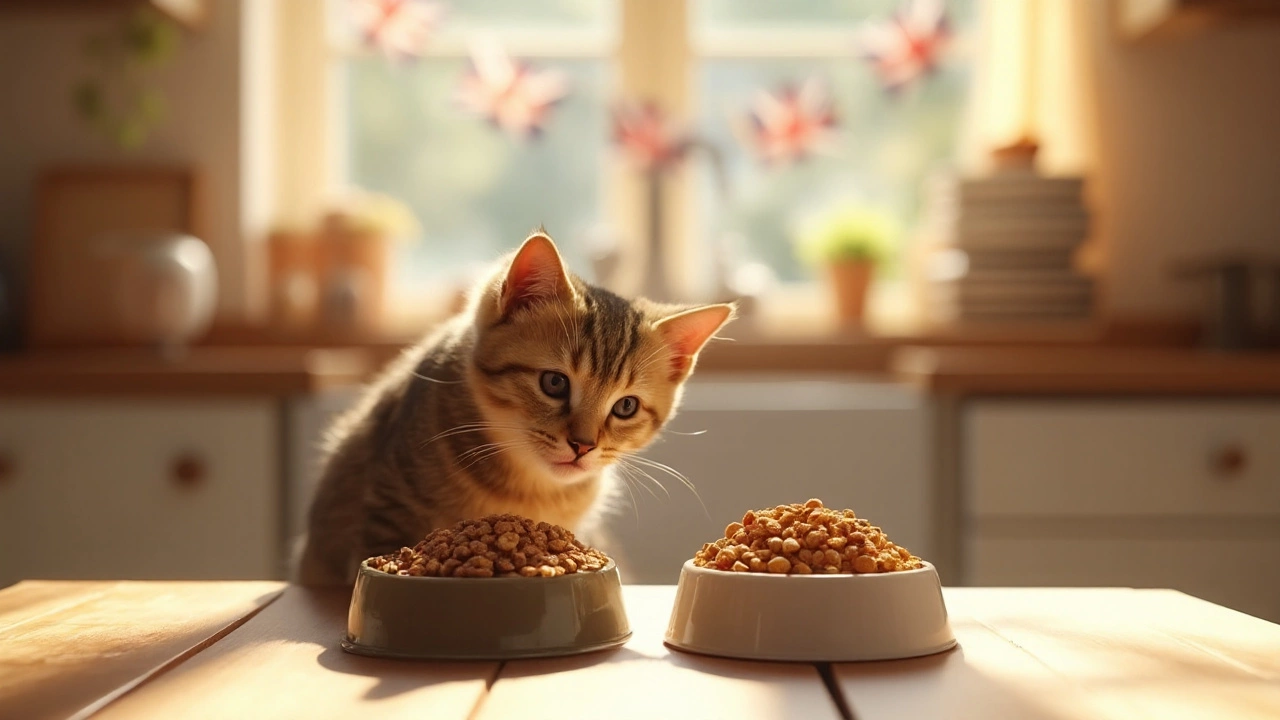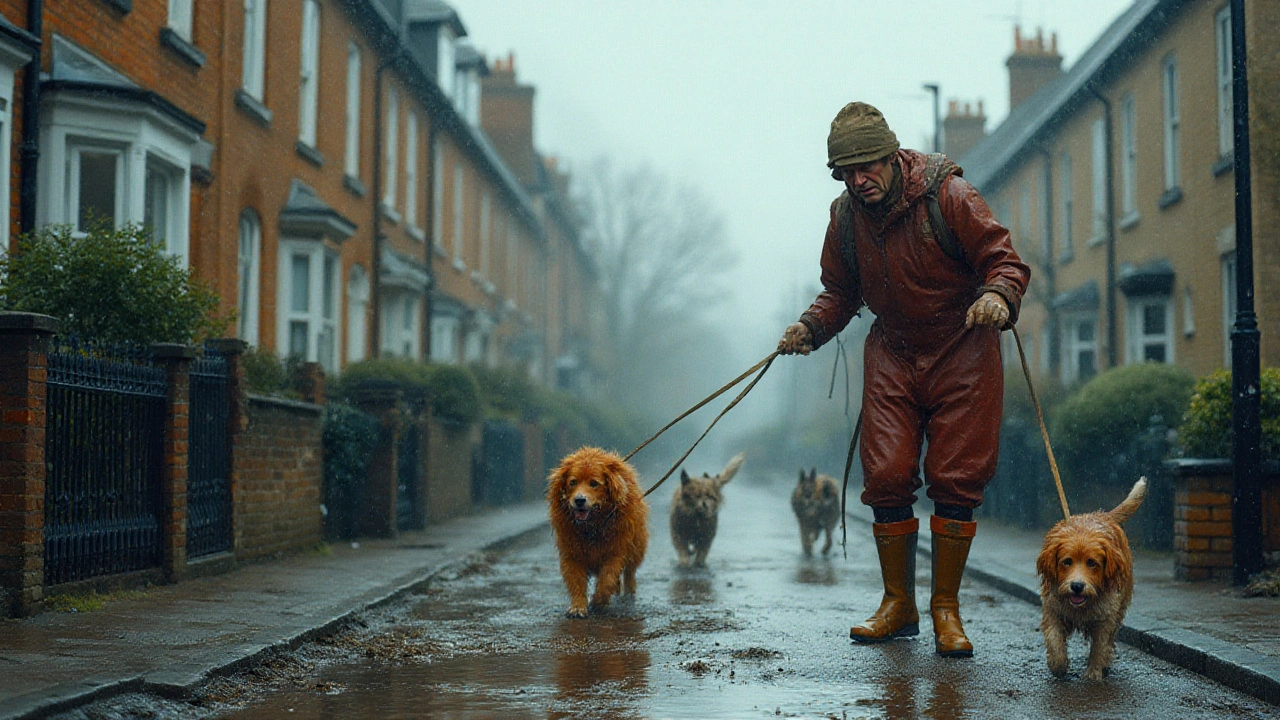August 2025 Pet Guides – Feeding, Nutrition & Walking
Welcome to our August roundup. We’ve pulled together three of the most asked‑about topics from the past month, so you can get straight to the info you need. Whether you’re wondering about how often to feed your dog, which cat food type works best, or the hidden risks of daily walks, we’ve got you covered.
Feeding & Nutrition Insights
First up, the big question: is feeding a dog once a day safe? Vets say it depends on size, age, and activity level. Small pups usually need two to three meals because they burn energy fast, while a mature large dog can often get by on one solid portion if the food is high‑quality and balanced. The key is consistency – keep the same time each day, monitor weight, and watch for signs of low energy or stomach upset.
Science backs up the idea that a single meal can work if the calories match the dog’s needs. Look for foods that list real meat first, have controlled fat levels, and include joint‑supporting nutrients like glucosamine. Split the portion into a big breakfast and a small evening snack if your dog seems hungry after the main meal.
Switching gears to cats, the wet vs dry debate still rages. Wet food shines when it comes to hydration – a typical cat only drinks a little water, so the extra moisture in cans helps keep kidneys happy. Dry kibble, on the other hand, is convenient, cheap, and can aid dental health by scraping plaque as the cat chews.
What’s the best compromise? Many owners feed a mix: a half‑portion of wet food at lunch and a dry scoop for dinner. This way you get the moisture boost and the convenience factor. Just watch the calorie count – mixing can double the intake if you’re not careful.
Regardless of the format, read the label. Look for named meat sources, limited fillers, and added omega‑3s for a shiny coat. Avoid foods loaded with artificial colors or too many carbs; cats are obligate carnivores and need protein to thrive.
Dog Walking Realities
Now for the part most owners love – the daily walk. It sounds perfect, but there are hidden downsides you might not think about. First, the physical risk: uneven sidewalks, sudden traffic, or aggressive dogs can lead to injuries. A quick check of the route, a sturdy harness, and a reflective leash can cut many of those hazards.
Second, the mental strain. Some dogs get overly anxious around crowds or loud noises, turning a calm stroll into a stress test. If you notice your dog pulling, panting heavily, or showing ear‑flopping behavior, it might be time to switch to a quieter park or shorten the route.
Third, cost and time. Frequent walks mean more wear on leashes, collars, and shoes, plus you’re spending hours each week on the task. Planning a walking schedule that fits your life – maybe three 30‑minute walks instead of daily hour‑long sessions – can keep things manageable without sacrificing exercise.
Here’s a quick safety checklist: use a well‑fitted harness, carry waste bags, bring water for hot days, and keep an eye on paw pads for cuts or burns. A brief pause to let your dog sniff safely can also reduce stress and make the walk more enjoyable for both of you.
Bottom line: feeding, food choice, and walking all boil down to understanding your pet’s individual needs. Keep an eye on weight, watch for signs of dehydration or anxiety, and adjust routines as life changes. With these simple tweaks, you’ll keep your dog or cat happy, healthy, and ready for the next adventure.
Stay tuned for more tips, and feel free to drop a comment if you’ve tried any of these suggestions. We love hearing what works for you and your furry friends.

Is Feeding Dogs Once a Day Safe? What Science and Vets Say
Is feeding your dog once a day really safe? Explore vet-backed facts, daily feeding tips, and hear what the latest research says about dog nutrition needs.
View more
Wet vs Dry Cat Food: Which Is Better for Your Cat’s Health?
Comparing wet and dry cat food: explore nutrition, hydration, dental health, convenience, and cost to pick the best choice for your cat's well-being.
View more
Dog Walking Drawbacks: Risks, Realities, and Hidden Downsides
Dog walking isn’t all fresh air and wagging tails. Find out the true downsides, safety risks, and hidden costs, plus tips for making each walk safer and smoother.
View more